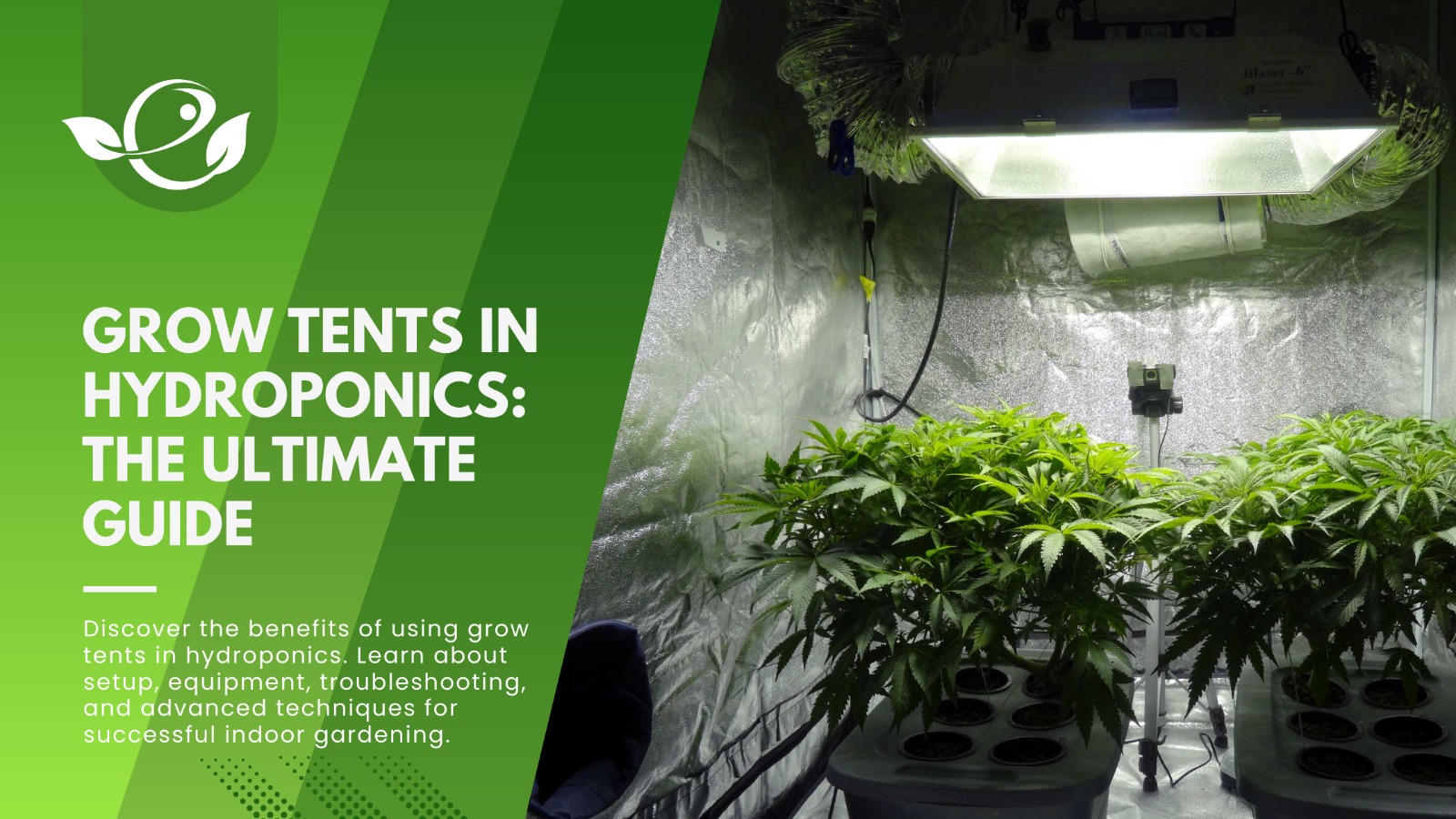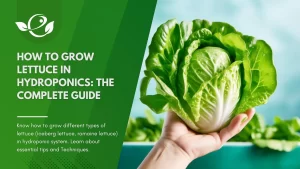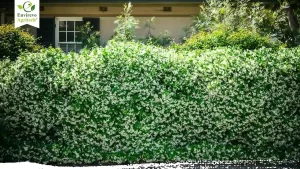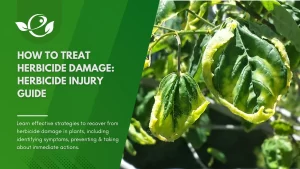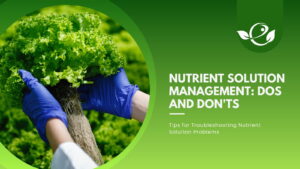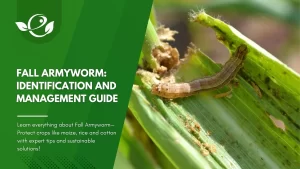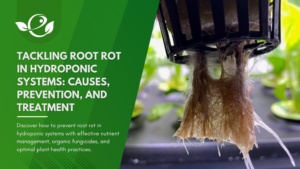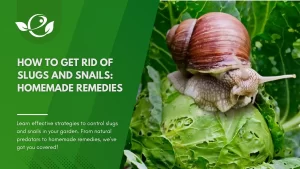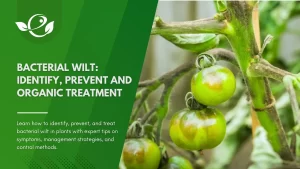Table of Contents
Grow tents are specially designed, enclosed spaces that provide controlled environments for indoor gardening. They consist of a sturdy frame covered with a reflective and lightproof material. The interior of a grow tent is equipped with ventilation systems, grow lights, and other essential equipment to create an optimal environment for plant growth.
Grow tents offer numerous advantages for indoor gardening enthusiasts. They provide a controlled environment that allows for precise regulation of light, temperature, and humidity. Grow tents also protect plants from pests and external factors, offer versatility for different plant types, and provide odour control and privacy.
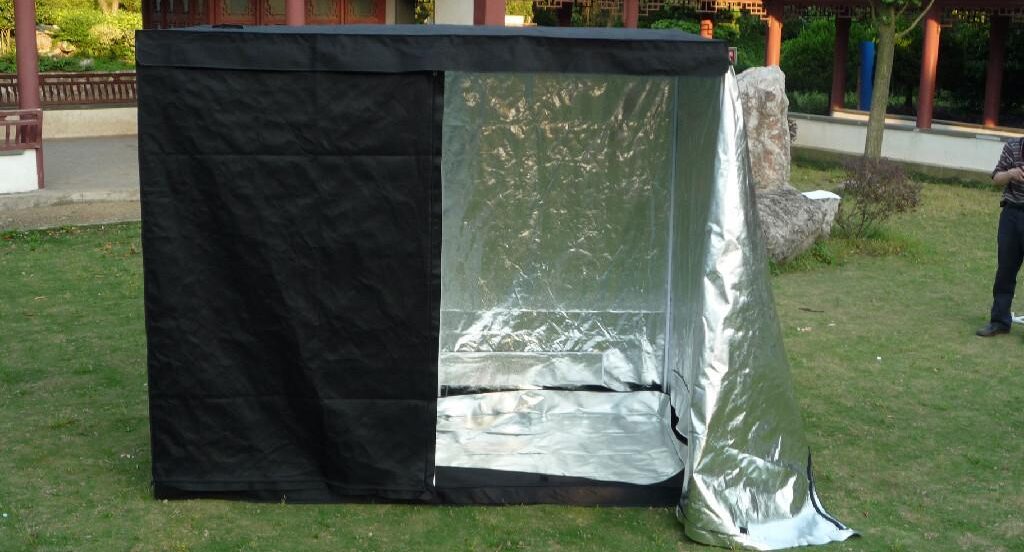
Why Use Grow Tents?
Creating a Suitable Environment for Plant Growth
Grow tents create an environment where all the necessary conditions for plant growth can be controlled. This includes regulating light intensity and duration, temperature, humidity, and airflow. By manipulating these factors, gardeners can optimize plant health and yield.
Control Over Light, Temperature, and Humidity
Grow tents allow growers to have precise control over the lighting conditions. High-quality grow lights can be positioned optimally to ensure even light distribution throughout the plant canopy. Temperature and humidity can also be regulated within the grow tent, promoting healthy growth and preventing mold or pest issues.
Protection from Pests and External Factors
One of the key advantages of using grow tents is the physical barrier they provide against pests and other external factors. The enclosed space prevents insects, animals, and airborne contaminants from accessing the plants, reducing the risk of infestations and diseases.
Versatility and Adaptability for Different Plant Types
Grow tents offer versatility, allowing growers to cultivate a wide range of plant varieties. Different plants have varying requirements, and grow tents provide the flexibility to create customized environments for each type. From herbs and vegetables to flowers and fruiting plants, grow tents can accommodate diverse growing needs.
Odor Control and Privacy
Certain plants emit strong odours during different growth stages. Grow tents with proper ventilation and activated carbon filters can effectively control and minimize odours. Additionally, grow tents provide privacy for discreet cultivation, making them an excellent choice for those who prefer to keep their gardening activities confidential.
Choosing the Right Grow Tent
Selecting the appropriate grow tent is crucial for creating an optimal environment for your indoor garden. Consider the following factors when choosing a grow tent.
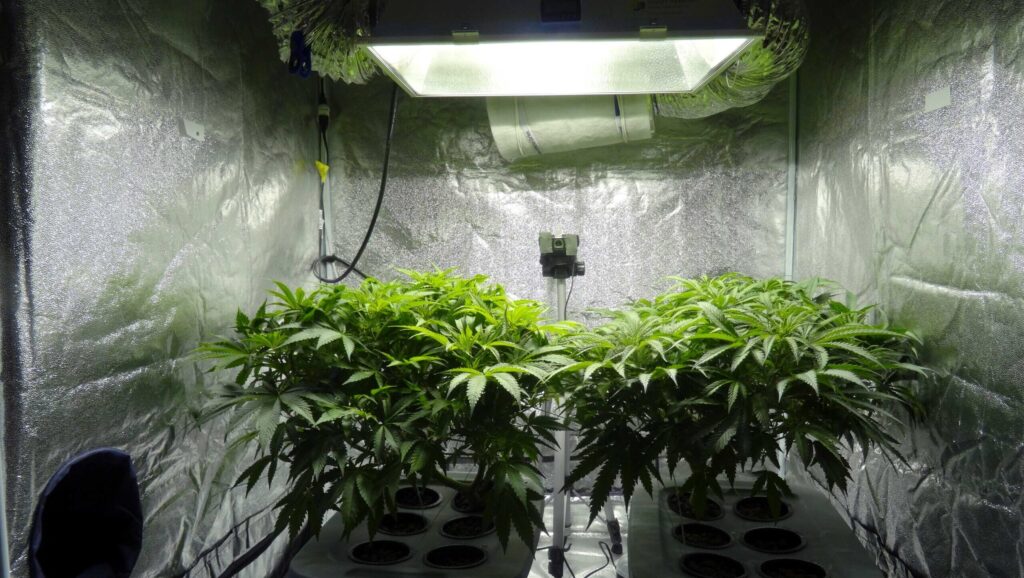
Size Considerations
The size of the grow tent depends on the available space in your home or grow area and the number of plants you plan to cultivate. Determine the dimensions of the area where the tent will be placed and choose a size that fits comfortably without compromising on airflow or movement within the space. Remember to account for the height of the tent as well, ensuring it can accommodate the full height of your plants throughout their growth cycle.
Material Quality and Durability
Grow tents should be made from high-quality, durable materials that can withstand the demands of indoor gardening. Look for tents constructed with sturdy frames, tear-resistant fabric, reinforced stitching, and reliable zippers to ensure longevity. A strong frame made of metal or sturdy plastic is essential to support the weight of lighting systems, ventilation equipment, and hanging plants.
Ventilation and Ducting Options
Proper ventilation is critical for maintaining a healthy growing environment. Choose a grow tent that offers sufficient ventilation options, such as multiple ventilation ports and ducting openings to accommodate fans, filters, and other ventilation equipment. This promotes airflow and prevents the buildup of excess heat and humidity. Look for tents with built-in mesh screens or adjustable vents that allow for adequate airflow while preventing pests from entering the tent.
Additional Features and Accessories
Consider additional features and accessories that enhance the functionality of the grow tent. Some tents come with reflective interior lining to maximize light distribution, removable trays for easy cleaning, or observation windows for monitoring plants without disturbing their environment. Accessories like hanging bars, trellis netting, or cable management systems can also be beneficial for organizing and supporting your plants.
Remember to research different brands and read customer reviews to ensure the quality and reliability of the grow tent you choose. Investing in a high-quality grow tent will provide long-term benefits and contribute to the success of your indoor gardening endeavours.
Essential Equipment for Grow Tents
To set up a successful grow tent, you’ll need various essential equipment and tools. Here, we’ll dive deeper into each category of equipment and discuss their importance in optimizing plant growth.
Grow Lights: Types, Wattage, and Positioning
Grow lights are crucial for providing the necessary light spectrum and intensity to support plant growth. There are different types of grow lights to choose from, including fluorescent, high-intensity discharge (HID), and light-emitting diode (LED) lights.

- Fluorescent Lights: Fluorescent lights, such as T5 or CFL bulbs, are popular for seedlings, clones, or low-light plants. They are energy-efficient and emit a balanced light spectrum suitable for early growth stages.
- HID Lights: HID lights, like metal halide (MH) and high-pressure sodium (HPS) lamps, are commonly used for the vegetative and flowering stages. MH lamps emit a blue light spectrum, ideal for promoting vegetative growth, while HPS lamps emit a reddish-orange spectrum, suitable for flowering and fruiting.
- LED Lights: LED lights have gained popularity in recent years due to their energy efficiency, longevity, and ability to provide specific light spectra tailored to plant needs. They can be customized for different growth stages and offer a balanced light output.
When selecting grow lights, consider the wattage needed to cover your grow tent’s size and the specific light requirements of your plants. Position the lights at an appropriate distance from the plants to avoid light burn or insufficient light penetration.
Ventilation Systems: Fans, Filters, and Ducting
Proper ventilation is crucial in a grow tent to maintain a steady airflow, remove excess heat and humidity, and provide fresh air for the plants. Key components of a ventilation system include:
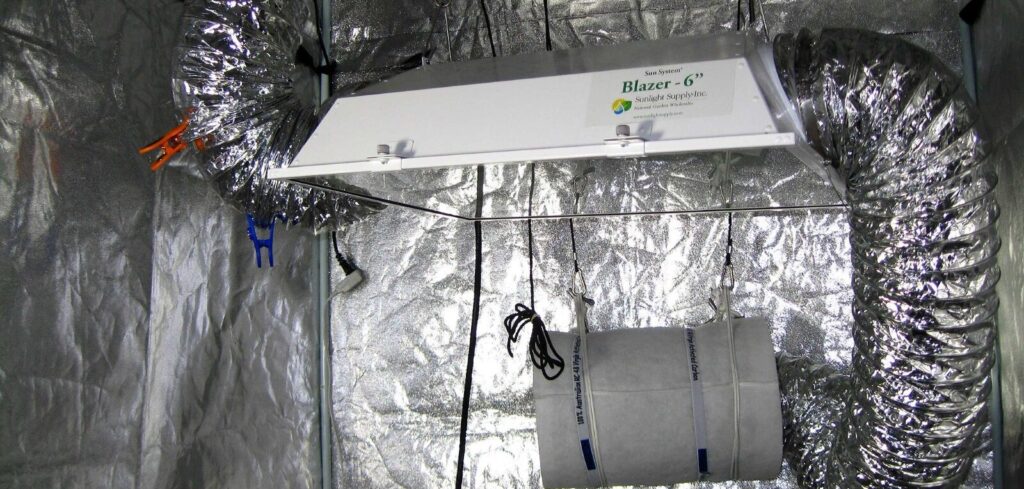
- Exhaust Fans: Exhaust fans help remove stale air, heat, and odours from the grow tent. Choose fans that can handle the size of your grow tent and ensure sufficient air exchange for optimal plant health.
- Carbon Filters: Carbon filters are essential for controlling and neutralizing odours generated by plants. They are typically attached to the exhaust fan to filter the air before it is released outside the tent.
- Intake Fans: Intake fans bring fresh air into the grow tent, helping to maintain proper airflow and CO2 levels. They work in conjunction with the exhaust fans to create a balanced ventilation system.
- Ducting: Ducting is used to connect the fans, filters, and the grow tent, allowing air to flow efficiently. Ensure that the ducting is properly sealed to prevent air leaks, and use flexible, heat-resistant materials for durability.
By setting up an effective ventilation system, you can regulate temperature, humidity, and CO2 levels, ensuring optimal growing conditions for your plants.
Temperature and Humidity Control Devices
Maintaining appropriate temperature and humidity levels is crucial for plant health and growth. To control these factors in a grow tent, you may need the following equipment:

- Thermometer: A thermometer helps monitor the temperature inside the grow tent. Choose a reliable digital thermometer that displays both current and minimum/maximum temperatures.
- Humidity Monitor: A humidity monitor (hygrometer) is essential for tracking humidity levels in the grow tent. Opt for a digital hygrometer that displays current humidity and records minimum/maximum levels.
- Heaters: Heaters are useful in colder climates or during the winter months when the temperature inside the grow tent may drop below the desired range. Select a heater suitable for the tent’s size and ensure proper ventilation when using it.
- Dehumidifiers: In humid environments, dehumidifiers help reduce excess moisture inside the grow tent. Choose a dehumidifier with a capacity appropriate for your tent size and consider automatic models that maintain set humidity levels.
Irrigation and Watering Systems
Providing adequate water to your plants is essential for their growth and health. Depending on your preferences and the size of your grow tent, you can choose from various irrigation and watering systems:
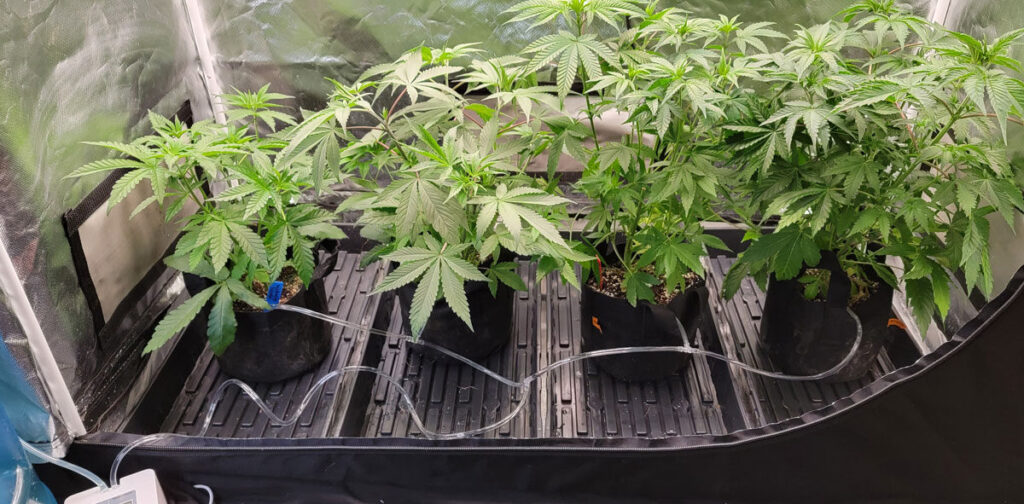
- Hand Watering: This basic method involves manually watering your plants using a watering can or a hose with a suitable attachment. It allows for precise control over water quantity and distribution.
- Drip Irrigation: Drip systems deliver water directly to the plant’s root zone through a network of tubes and emitters. They provide consistent watering while minimizing water waste and nutrient leaching.
- Ebb and Flow (Flood and Drain) Systems: Ebb and flow systems periodically flood the growing medium with nutrient-rich water and then drain it away. This method allows for automated watering and ensures even distribution of water and nutrients.
- Hydroponic Systems: Hydroponic systems use water as the primary medium for plant growth, providing nutrients directly to the roots. Popular hydroponic techniques include deep water culture (DWC), nutrient film technique (NFT), and aeroponics.
Choose an irrigation or watering system that suits your grow tent setup and the specific needs of your plants. Remember to monitor soil moisture or nutrient solution levels regularly to avoid overwatering or underwatering.
Monitoring Tools: pH Meters, Thermometers, Hygrometers
Accurate monitoring of environmental factors is crucial to maintaining optimal growing conditions. Consider using the following tools:
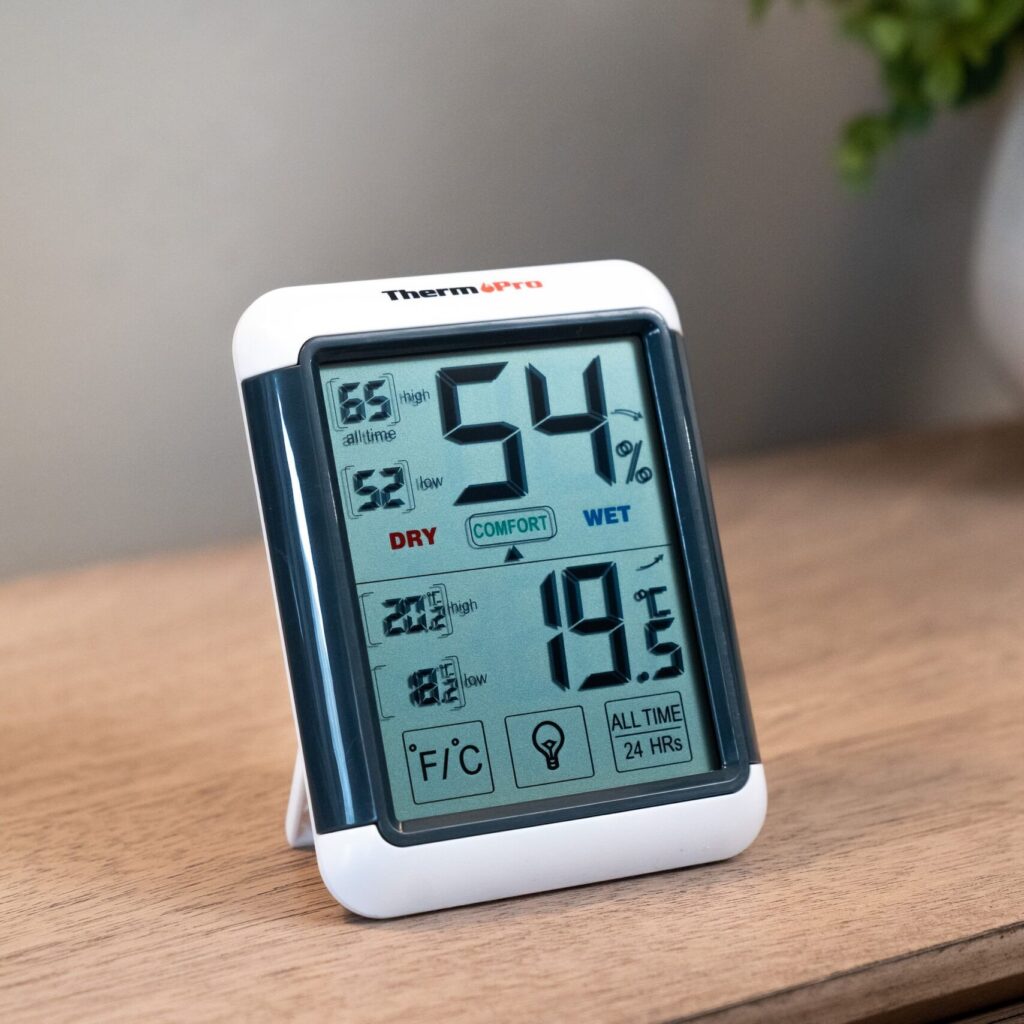
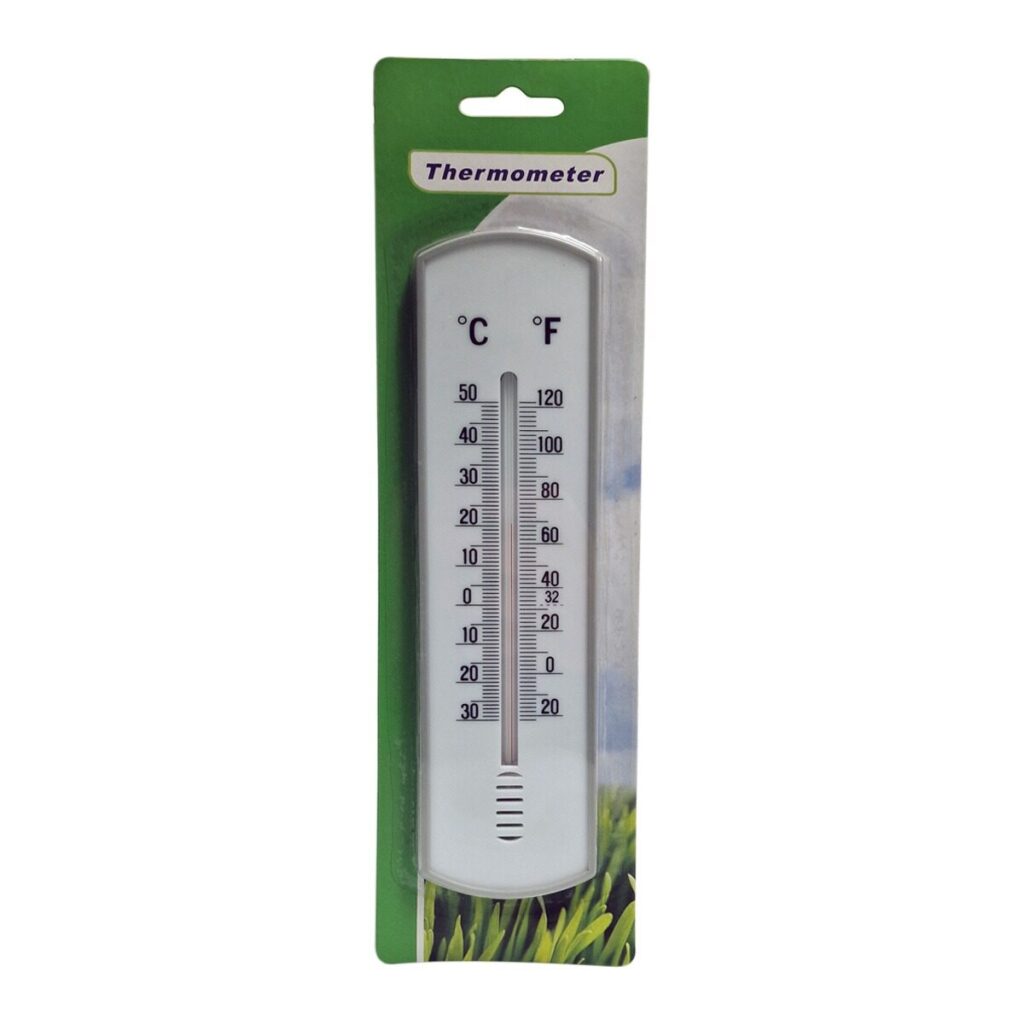
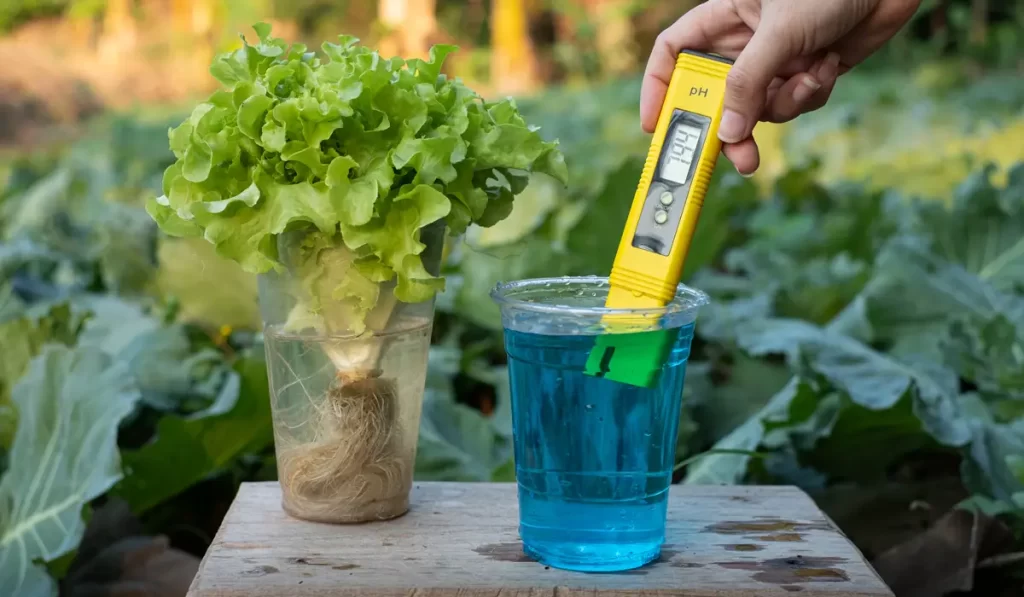
- pH Meter: A pH meter helps measure the acidity or alkalinity of the water or nutrient solution. It’s essential for adjusting pH levels to ensure proper nutrient uptake by the plants.
- Thermometer: As mentioned earlier, a thermometer allows you to monitor temperature fluctuations inside the grow tent.
- Hygrometer: A hygrometer helps measure humidity levels, allowing you to make necessary adjustments to maintain the desired range.
Regularly calibrate and maintain these monitoring tools to ensure accurate readings and reliable data.
| Know more about “The Importance of pH in Hydroponic Nutrient Solutions“ |
Growing Medium and Containers
The choice of growing medium greatly impacts plant growth and development. Some common options include:
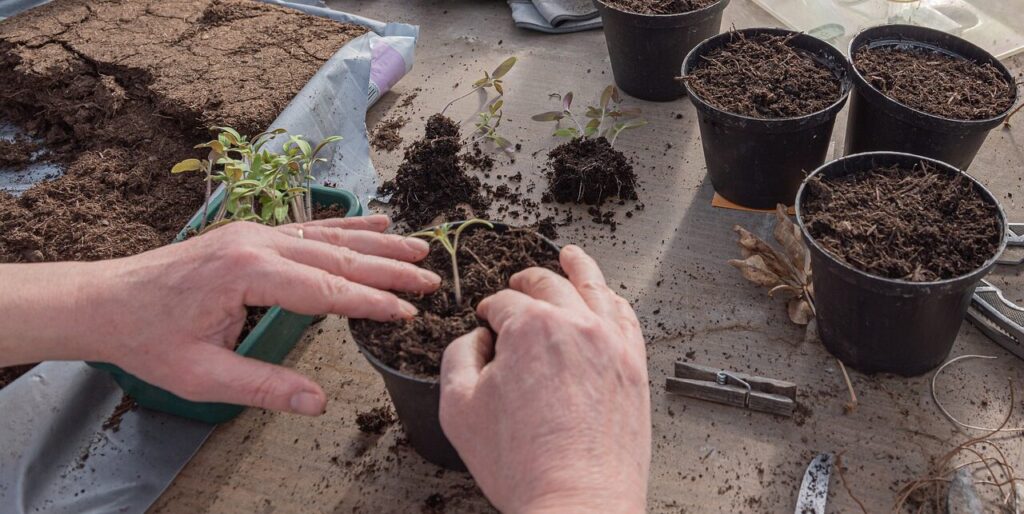
- Soil: High-quality potting soil or specialized soil mixes provide a rich nutrient base and good water retention. Choose soil blends specifically formulated for indoor gardening.
- Coco Coir: Coco coir is a natural fibre derived from coconut husks. It has excellent water retention and aeration properties, making it an ideal alternative to soil.
- Rockwool: Rockwool is a popular hydroponic growing medium made from spun volcanic rock. It provides excellent drainage and aeration and is commonly used for seed germination and cloning.
- Containers: Select appropriate containers based on the plant’s size and growth stage. Options include plastic pots, fabric pots, or hydroponic net pots. Ensure containers have proper drainage holes to prevent waterlogging.
Choose a growing medium and containers that suit your plants’ needs and the specific growing techniques you’re using.
Other Essential Tools and Accessories
In addition to the equipment mentioned above, there are several other tools and accessories that can aid in the successful operation of a grow tent:
- Pruning Shears and Scissors: These tools are essential for trimming and pruning plants, removing dead leaves, and maintaining plant health.
- Support Structures: Use stakes, trellises, or plant cages to provide support to taller plants or those with heavy fruiting. This promotes proper growth and prevents branches from breaking.
- Plant Labels: Labeling your plants helps keep track of different varieties, growth stages, or specific care instructions.
- Timer: A timer is essential for automating light cycles in the grow tent. It ensures plants receive consistent and appropriate periods of light and darkness.
By ensuring you have the essential equipment and tools mentioned above, you’ll be well-prepared to create an optimal environment inside your grow tent for healthy and thriving plants.
Setting Up a Grow Tent
To set up your grow tent efficiently:
- Choose an appropriate location with adequate space, ventilation, and access to power and water sources.
- Select the right size and type of grow tent for your needs, considering the number of plants and available space.
- Follow the manufacturer’s instructions to assemble the tent, ensuring a secure and wrinkle-free fit.
- Position ventilation components strategically for proper airflow, with exhaust fans near the top and intake fans at the bottom.
- Install suitable grow lights at the optimal height to provide adequate light without causing damage to the plants.
- Monitor and control temperature and humidity levels using thermometers, hygrometers, and appropriate heating or cooling devices.
By following these steps, you can quickly and effectively set up your grow tent for optimal plant growth.
Best Practices for Growing in Grow Tents
Choosing Suitable Plant Varieties for Indoor Cultivation
Select plant varieties that are well-suited for indoor cultivation. Consider factors such as size, light requirements, growth rate, and overall adaptability to the controlled environment provided by the grow tent.
Seed Selection and Germination Process
Choose high-quality seeds from reputable sources. Follow proper germination techniques, such as pre-soaking or scarification, to ensure successful seedling establishment. Maintain appropriate moisture and temperature levels to promote germination.
Transplanting Seedlings into the Grow Tent
Once seedlings have reached an appropriate size, transplant them into the grow tent. Carefully handle the delicate roots and ensure the plants are placed at the correct depth in the growing medium. Avoid overcrowding and provide adequate spacing between plants.
D. Proper Spacing and Arrangement of Plants
Plan the layout of your plants within the grow tent to optimize light distribution and airflow. Avoid overcrowding, as it can lead to poor air circulation and an increased risk of pests and diseases. Provide enough space for each plant to grow and access sufficient light.
Nutrient Management and Fertilization
Monitor and maintain proper nutrient levels in the hydroponic system or growing medium. Follow a balanced fertilization schedule, considering the specific nutrient requirements of your plants at different growth stages. Regularly check pH levels and adjust if necessary.
Pest and Disease Prevention and Control
Implement preventive measures to minimize the risk of pests and diseases. This includes regular monitoring, maintaining a clean environment, practising proper hygiene, and using organic or targeted pest control methods when necessary.
Pruning, Training, and Support Techniques
Promote healthy growth and maximize yield by employing pruning, training, and support techniques. This may involve removing excess foliage, training plants to grow horizontally (SCROG), or utilizing techniques like topping or FIMing to encourage bushier growth.
Watering and Irrigation Methods
Establish a consistent watering schedule based on the specific needs of your plants. Monitor the moisture levels in the growing medium and adjust watering frequency and duration accordingly. Avoid overwatering, as it can lead to root rot and other problems.
Understanding Light Cycles and Photoperiodism
Different plant species have varying light requirements and respond to specific light cycles. Understand the principles of photoperiodism and provide the appropriate light duration (day/night cycle) for each stage of growth. Use timers or automated systems to ensure consistent lighting schedules.
Using Supplemental CO2 for Increased Growth
Consider supplementing your grow tent with carbon dioxide (CO2) to enhance plant growth. CO2 enrichment can increase photosynthetic rates and improve overall plant health. Carefully monitor and control CO2 levels to avoid excessive concentrations, as it can be harmful to humans and plants when not properly managed.
Troubleshooting Common Issues
Dealing with Excessive Heat or Humidity
Excessive heat or humidity can negatively impact plant health. Adjust ventilation and airflow systems, use appropriate cooling methods, or consider using dehumidifiers to manage high humidity levels. Monitor temperature and humidity regularly to prevent stress or plant damage.
Addressing Ventilation and Air Circulation Problems
Poor ventilation can lead to stagnant air, mould growth, or inefficient heat dissipation. Ensure proper airflow by positioning fans strategically, cleaning or replacing air filters regularly, and regularly inspecting and maintaining ducting systems.
Managing Nutrient Deficiencies or Imbalances
Monitor plants for any signs of nutrient deficiencies or imbalances. Conduct regular water and nutrient solution analysis to maintain optimal nutrient levels. Adjust fertilization practices or pH levels as needed to address deficiencies or imbalances.
Controlling Pests and Diseases in a Confined Space
Even in controlled environments like grow tents, pests and diseases can be a concern. Implement integrated pest management strategies, including regular monitoring, using biological controls or organic pesticides, and maintaining a clean growing environment to prevent infestations and diseases.
Light Burn and Light Stress
Light burn or light stress can occur when plants receive too much light intensity or are positioned too close to the grow lights. Monitor plant health and adjust the distance between plants and lights to ensure an appropriate light intensity that promotes healthy growth.
Overwatering and Root-Related Problems
Overwatering can lead to root rot, nutrient leaching, or oxygen deprivation for the roots. Practice proper watering techniques, allowing the growing medium to partially dry out between waterings. Use moisture meters or lift pots to determine watering needs and prevent overwatering.
Dealing with Odor Control in a Grow Tent
Some plants emit strong odours during different stages of growth. Utilize carbon filters and proper ventilation systems to control and neutralize odours. Regularly replace or maintain the filters to ensure efficient odour removal.
Maintenance and Cleaning of Grow Tents
Regular Maintenance Tasks and Inspection
Perform routine maintenance tasks to keep the grow tent in optimal condition. This includes checking for any wear and tear, inspecting the frame and fabric for damage, and ensuring proper functioning of all equipment and accessories.
Cleaning and Sterilization Procedures
Clean the grow tent regularly to prevent the buildup of dirt, pests, or pathogens. Remove any debris, wipe down surfaces with mild cleaning solutions, and sterilize equipment if necessary. Ensure all cleaning agents are safe for use around plants and rinse thoroughly.
Storage and Organization Tips for the Offseason
If you plan to store the grow tent during the offseason, disassemble it carefully, clean and dry all components, and store them in a clean and dry area. Label and organize equipment and accessories for easy retrieval when it’s time to set up the grow tent again.
Advanced Techniques and Tips
Sea of Green (SOG) and Screen of Green (SCROG)
The Sea of Green (SOG) and Screen of Green (SCROG) techniques involve maximizing yield by optimizing plant density and training methods. SOG involves growing many smaller plants, while SCROG trains plants to grow horizontally under a screen or net.
High-Stress Training (HST) and Low-Stress Training (LST)
High-Stress Training (HST) and Low-Stress Training (LST) techniques aim to shape plant growth through bending, pruning, or manipulating branches. HST involves more aggressive techniques, while LST focuses on gentler methods to achieve desired plant structures.
Hydroponics and Aeroponics in Grow Tents
Grow tents are well-suited for hydroponic and aeroponic systems, which provide plants with nutrient-rich water or mist instead of traditional soil. Explore these advanced growing methods within the controlled environment of a grow tent for optimal results.
Using Beneficial Microbes and Supplements
Incorporate beneficial microbes and supplements into your grow tent to improve soil health or nutrient availability in hydroponic systems. These can include mycorrhizal fungi, compost teas, or specialized microbial inoculants.
Understanding Different Growing Methods (Soil, Coco Coir, etc.)
Experiment with different growing mediums and methods to find what works best for your plants and preferences. Soil, coco coir, and other hydroponic substrates each offer unique advantages and considerations.
Incorporating Automation and Smart Technology
Explore the integration of automation and smart technology to simplify grow tent management. This can include automated watering systems, remote monitoring and control, or using smartphone apps to monitor environmental parameters.
Conclusion
In conclusion, grow tents provide an ideal environment for indoor gardening, offering numerous advantages such as controlled conditions, protection from external factors, and versatility for different plant types. By choosing the right grow tent, setting it up correctly, and utilizing essential equipment, you can create an optimal environment for successful plant growth. Remember to implement best practices, troubleshoot common issues, and practice regular maintenance to ensure long-term success. With grow tents, beginners can embark on the exciting journey of indoor gardening, and experienced growers can expand their horticultural expertise.
As technology continues to advance, we can expect further developments in grow tent technology, such as improved ventilation systems, automated environmental controls, and innovative lighting solutions. Embrace the potential of grow tents and the future possibilities they hold for indoor gardening enthusiasts.
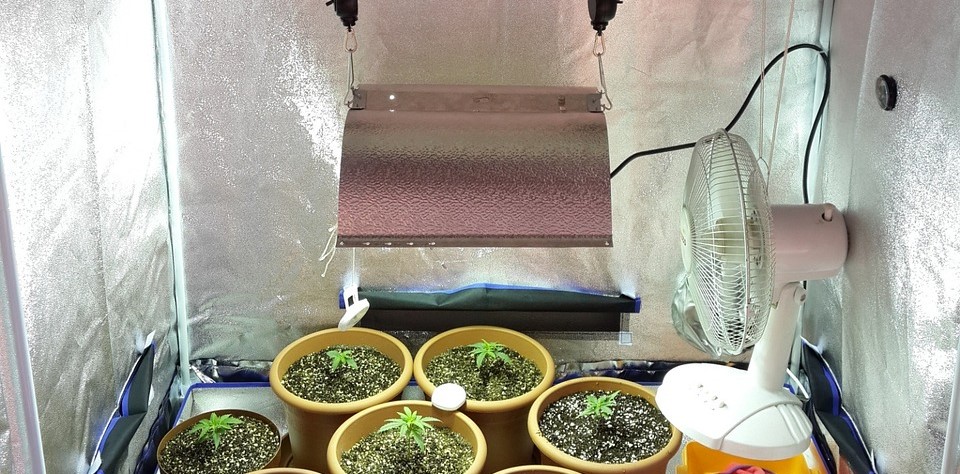
Frequently Asked Questions (FAQs)
What size grow tent do I need?
The size of the grow tent you need depends on various factors, including the number of plants, their size, and the available space. Consider the potential growth of your plants and allow enough space for proper air circulation and maintenance activities. It’s recommended to choose a slightly larger tent than you initially anticipated to accommodate future expansion.
How do I control pests in a grow tent?
Preventing and controlling pests in a confined space like a grow tent is crucial. Start with preventive measures such as maintaining cleanliness, using sterilized equipment, and inspecting plants regularly for any signs of pests. If pests are present, consider using organic pest control methods such as neem oil, insecticidal soaps, or biological controls like beneficial insects. It’s important to address pest issues promptly to prevent infestations.
How often should I water my plants in a grow tent?
The frequency of watering depends on factors such as plant type, stage of growth, growing medium, and environmental conditions. It’s important to monitor the moisture levels in the growing medium regularly. Avoid overwatering, as it can lead to root rot and other problems. Instead, water your plants when the top inch or so of the growing medium feels dry. Adjust the watering schedule as needed based on the specific needs of your plants.
Do I need to adjust the pH of the water in a hydroponic grow tent?
Yes, maintaining the correct pH level is essential in hydroponic systems. The ideal pH range for most plants is between 5.5 and 6.5. Regularly test the pH of your nutrient solution and adjust it as needed using pH-up or pH-down solutions. Proper pH ensures optimal nutrient uptake by the plants, preventing nutrient deficiencies or toxicities.
Can I grow any plant in a grow tent?
While grow tents offer a controlled environment, not all plants are suitable for indoor cultivation. Some plants require more space, specific lighting conditions, or specialized care that may be challenging to provide in a grow tent. It’s important to choose plants that are well-suited for indoor gardening and match the conditions you can provide, such as herbs, leafy greens, small vegetables, or compact flowering plants.
How do I clean and maintain my grow tent?
Regular maintenance and cleaning are crucial for the longevity and effectiveness of your grow tent. Start by removing any debris or dead plant matter from the tent. Wipe down the walls and surfaces with a mild detergent or a specialized tent cleaner. Rinse thoroughly and allow the tent to dry completely before reassembling it. Regularly inspect and clean the fans, filters, and ducting to ensure proper airflow. Additionally, check for any signs of wear or damage and replace any faulty equipment promptly.
Can I use a grow tent for seed starting?
Yes, grow tents are excellent for seed starting. They provide a controlled environment where you can maintain ideal temperature, humidity, and lighting conditions for successful germination. Use a propagation tray or small pots with a suitable seed-starting medium, and place them in the grow tent under appropriate lighting. Monitor moisture levels and provide gentle airflow to prevent damping-off or fungal issues.
Can I grow plants with different light requirements in the same grow tent?
It’s possible to grow plants with different light requirements in the same grow tent by using adjustable lighting systems or arranging plants strategically based on their light needs. This allows you to provide different light intensities or light spectrums to different sections of the tent. However, it’s important to research and understand the specific light requirements of each plant and provide the best possible conditions for their growth.
Is it necessary to use supplemental CO2 in a grow tent?
Supplemental CO2 is not always necessary for a grow tent, especially for small-scale indoor gardens. The concentration of CO2 in the ambient air is usually sufficient for plant growth. However, if you have a larger setup with high-intensity lighting and advanced cultivation techniques, supplemental CO2 can enhance plant growth and yield. It’s recommended to monitor CO2 levels and consider its use only when you have optimized other factors such as light, temperature, and nutrients.
Are there any fire hazards associated with using grow tents?
While grow tents are generally safe when used correctly, there are fire hazards to be aware of. Ensure proper electrical connections and avoid overloading circuits. Use quality lighting and ventilation equipment that meets safety standards. Be cautious with heat sources, such as heaters or high-intensity lights, and maintain proper clearance to prevent any risk of fire. Regularly inspect and maintain your equipment to minimize potential hazards.
By addressing these frequently asked questions, we hope to provide clarification and guidance on common concerns regarding grow tents in hydroponics. If you have further inquiries or specific concerns, don’t hesitate to consult with experts or seek additional resources to ensure successful indoor gardening.
